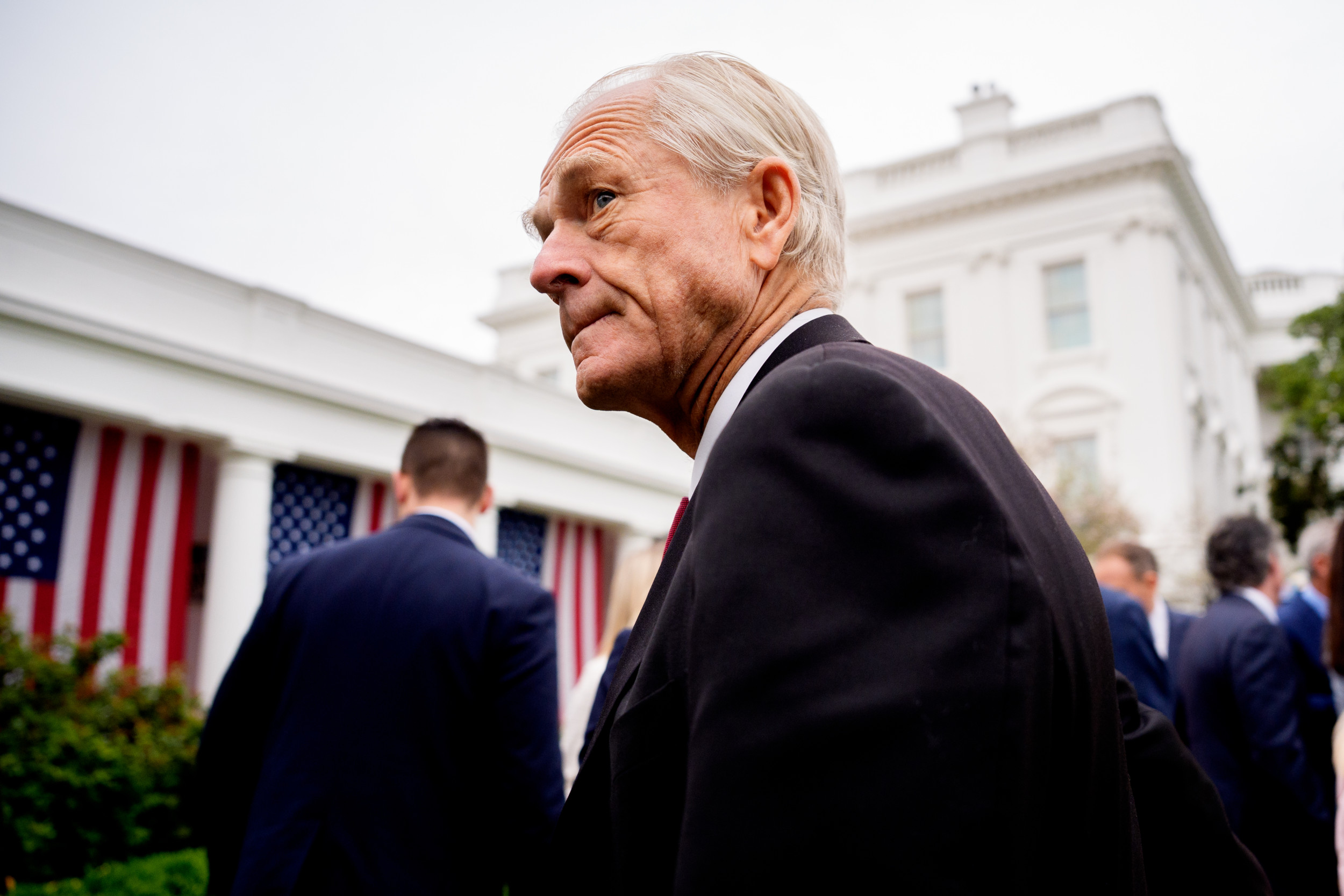There was a time when plastic foam foodware packaging – commonly known as Styrofoam – was a regular sight at music festivals, coffee shops and takeaway outlets.
But as concerns grow about its environmental impact, a growing number of U.S. states are banning or restricting its use.
In California, new regulations under the state’s SB54 Plastic Pollution Prevention and Packaging Producer Responsibility Act came into force at the beginning of this year, which effectively bans plastic foam foodware from being sold.
A spokesperson for CalRecycle said the regulations stipulate in order to continue selling expanded polystyrene food service ware in the state, producers must demonstrate it meets a 25% recycling rate as of January 1, 2025 in an email.
If this requirement is not met, SB54 prohibits EPS producers from selling, offering for sale, distributing, or importing EPS food service ware into California.
In Oregon another set of regulations (SB 543) also came into effect on the same date (1 January), which bans plastic foam foodware, single-use coolers, and packing peanuts.
Plastic foam is one of the most common forms of plastic pollution both in California and around the world.
Since 1988, volunteers with Ocean Conservancy’s International Coastal Cleanup have removed over 750,000 plastic foam items and 700,000 tiny foam pieces from beaches and waterways in California alone.
Scientists at Ocean Conservancy estimate the new regulations could eliminate up to 3.9 billion pieces of foam foodware in California every year.
Ocean Conservancy’s director of plastic policy, Dr. Anja Brandon, said foam foodware might have up a relatively small fraction of all the plastic currently being produced, but is has a “disproportionate impact” on the environment in an interview.
Dr. Brandon said this is because the material is “super lightweight” and breaks down into small foam beads, which can travel far and wide, due to tide currents and strong winds.
“Like other types of plastic, foam foodware is made from petrochemicals and it does not easily break down,” she told me. “Once it is out in the environment, it is stuck there forever.”
“We’ve already seen 10 other states and the district of Columbia already pass legislation to get rid of plastic foam foodware. There are already plenty of alternatives out there. It’s a no brainer to start getting rid of this material.”
Dr. Brandon added Ocean Conservancy would like to see more states pass legislation to ban plastic foam foodware, as well as action on a federal level.
“We would also hope industry would be more willing to get on board, given that the market for this material is just going to continue to shrink,” she added.
“We really do anticipate the changes we will see in California will impact the rest of the country, and the rest of the world.
“You do not make one type of packaging for California and a different type for New York. That is not how producers want to do business,” said Dr. Brandon.
Oceana’s plastics campaign director, Christy Leavitt said she expects to see additional state legislatures consider bills to phase out single-use plastic foam products in 2025 in an email.
Leavitt added in most states, legislators are in the process of finalizing the bills they will introduce.
According to 2023 polling data released by Oceana, she said 72% of American voters support policies to reduce the use of plastic foam foodware, packing peanuts, and coolers.
Leavit said four states – California, Illinois, New York, and Washington – have also passed laws to phase out small plastic bottles for shampoo, conditioner, and other personal care products.
She added California’s ban is already in place, while the New York law came into effect on January 1, 2025. Illinois will start its ban on July 1 this year, and Washington will follow in 2027.










